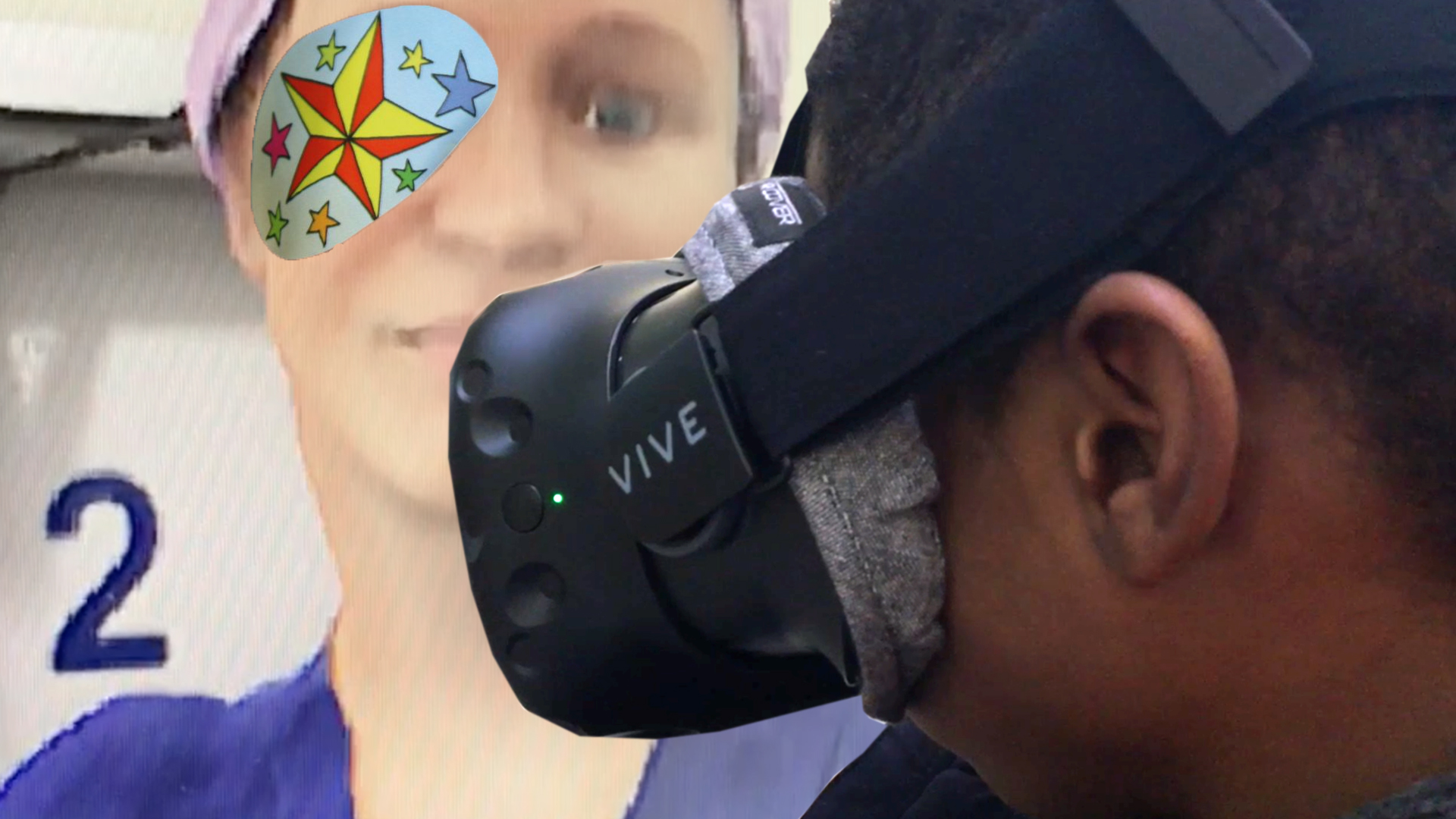What we do
About our project
Background information
A number of studies in the context of amblyopia have focused on behavioural training, i.e. dichoptic training, perceptual learning and video gaming. In all studies that compared patching with gaming, the prescribed patching-time was compared to realised game-time. The compliance was not measured electronically, however, thus not objectively. Our study will be the first study to compare the effect of patching therapy, using the occlusion dose monitor (ODM) to objectively measure compliance with of a novel dichoptic action video game.
Overall aim
Numerous studies have demonstrated a positive effect of gaming on visual acuity improvement. This improvement seems to be limited to an average of 1.8 lines, while improvement with patching therapy is up to 7 lines. Nevertheless, the speed of improvement is markedly quicker with gaming: 17 hours of gaming compared to 142 hours of patching necessary to achieve one line of visual acuity improvement. The average level of compliance with patching therapy is only 50% and 9% of the children are not patched at all. The aim of this study is to make a valid comparison between both treatments.
Research method
This study is a prospective randomised clinical trial: eligible children will be randomised to either standard patching therapy or dichoptic video gaming. After the study-period, children will receive standard clinical care. In the patching group the non-amblyopic eye will be patched as usual and compliance will be monitored electronically with the ODM. Children in the video game group will play a dichoptic action video game, custom-made for amblyopia treatment. under dichoptic viewing conditions. This is to reduce suppression and promote fusion in a special exercise session, under direct supervision.
Desirable outcome
We will compare any improvement in visual acuity in the amblyopic eye after patching therapy (actual dose received) with that after gaming therapy.

